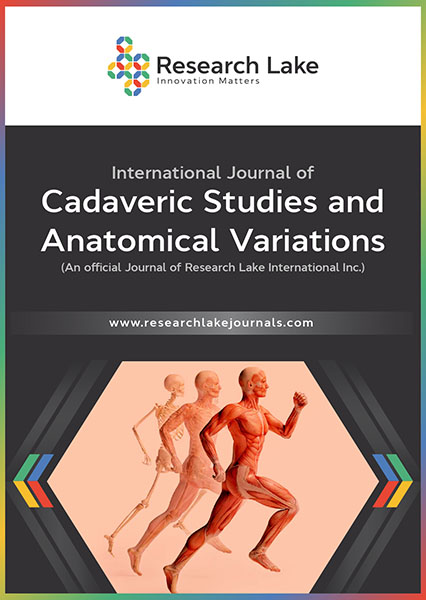Supraclavicular Nerves: Is There a “Safe Zone” for Surgical Fixation of the Clavicle? A Cadaveric Study
SCN: is there a safe zone?
Abstract
Objectives
The supraclavicular nerve (SCN) supplies the skin over the clavicle and proximal chest. The unpredictable branching pattern of the SCN within the posterior triangle of the neck makes it susceptible to damage during open fixation of clavicle fractures. Resultant iatrogenic injuries can lead to paraesthesia and neuroma over the clavicle. The position of the SCN branches in relation to clinically appreciable landmarks has not hitherto been described. The aim of this study was to identify the precise location of the SCN branches in relation to the acromioclavicular (AC) and sternoclavicular (SC) joints.
Methods
Ten soft-embalmed cadavers, donated under the Human Tissue Act (2004), were carefully dissected along the superior border of both clavicles to identify the SCN branches. The distance from each branch of the SCN to the SC and AC joints was measured.
Results
The SCN was found to comprise either 2 branches (8/20), or 3 branches (12/20). No branches were found within 2.6 cm and 2.9 cm of the SC and AC joint, respectively. Between these two “safe zones”, the locations of the branches varied significantly.
Conclusions
No safe zone was identified in the mid-clavicular region. Hence, meticulous dissection is required here to preserve the SCN branches.
Copyright (c) 2022 Phung Thao Minh Van, Alban Killingback, Duncan Lee Hamilton, Philip Adds

This work is licensed under a Creative Commons Attribution-NonCommercial 4.0 International License.
Copyright © by the authors; licensee Research Lake International Inc., Canada. This article is an open access article distributed under the terms and conditions of the Creative Commons Attribution Non-Commercial License (CC BY-NC) (http://creativecommons.org/licenses/by-nc/4.0/).















